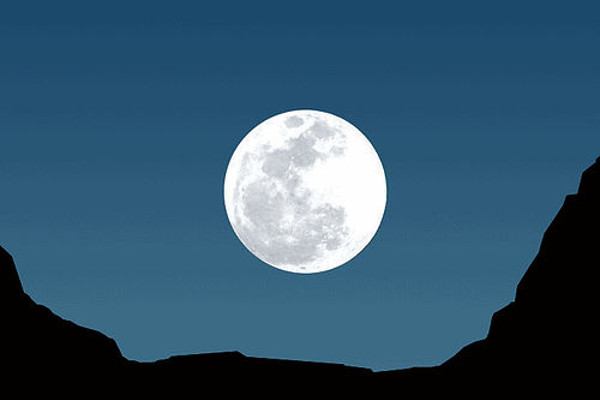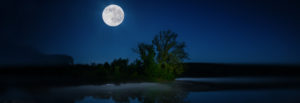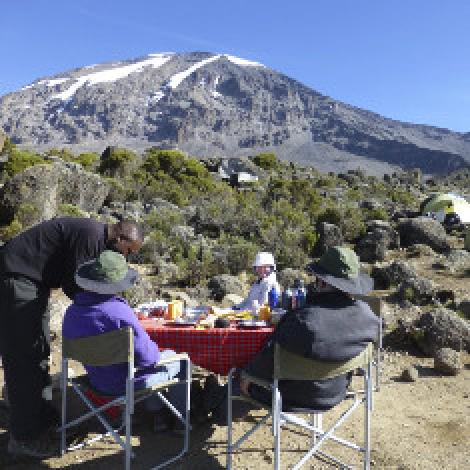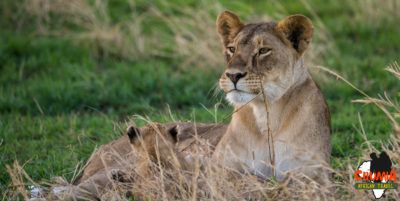Full Moon Dates
Some climbers prefer to summit during a full moon.
When the peak of Kilimanjaro and magnificent glaciers are lit up by the full moon, the view is absolutely stunning. For this reason alone, some climbers schedule their trek to coincide with this celestial event, occuring once a month. However, a practical reason for climbing at these times is that a bright moon along with a clear sky will improve your visibility throughout your climb, and most importantly, during the summit attempt.
Below are full moon dates:
| Month | 2016 | 2017 | 2018 | 2019 |
| January | 23 | 12 | 2, 31 | 21 |
| February | 22 | 11 | — | 19 |
| March | 23 | 12 | 2, 31 | 21 |
| April | 22 | 11 | 30 | 19 |
| May | 22 | 11 | 29 | 19 |
| June | 20 | 9 | 28 | 17 |
| July | 19 | 9 | 27 | 17 |
| August | 18 | 7 | 26 | 15 |
| September | 16 | 6 | 25 | 14 |
| October | 15 | 5 | 24 | 14 |
| November | 14 | 4 | 23 | 12 |
| December | 13 | 3 | 22 | 12 |
To summit during a full moon, a 7 day climb should start 5 days prior to the full moon date. It is not necessary to summit on the exact full moon date to take advantage of moonlight. A summit on the day before or day after is also beneficial. We offer several group climbs with full moon summits every month during the dry season. These dates tend to be the first to book completely full well in advance.
For those who favor a less crowded climb, avoid the full moon completely as these dates attract many climbers. Another method of dodging crowds is to choose an “off” day of departure. Most climbers will begin their climbs on Saturday, Sunday or Monday, with routes lasting 6 to 7 days. We have many clients who climb with or without the full moon, and clients are equally satisfied with either itinerary.
You can go anytime, but do it sooner rather than later.
What makes Mount Kilimanjaro unique is that despite its close proximity to the equator, it is crowned with ice. The glaciers have existed here for more than 11,000 years. They used to be more than 300 feet (100 m) deep and extended 6,500 feet (2,000 m) from the mountain top. However, due global warming and long term climatic cycles, the ice has been vaporizing at an alarming rate. Some scientists estimate that Mount Kilimanjaro’s ice cap will be completely gone by 2050. So if you are contemplating the climb, do yourself a favor and do it sooner rather than later. The glaciers are something you do not want to miss.
 +255 756 010 739 +33 6 24 82 09 36
+255 756 010 739 +33 6 24 82 09 36







